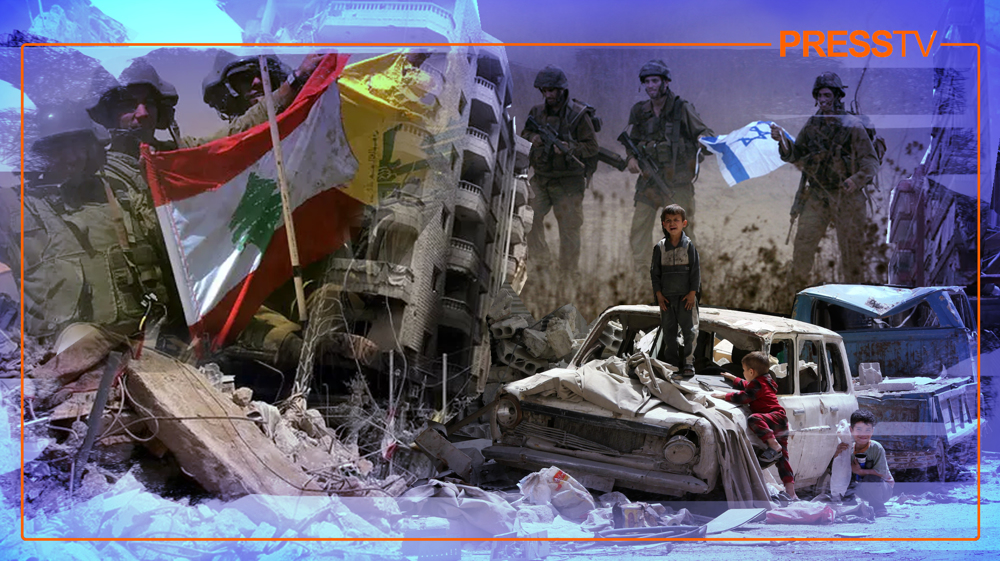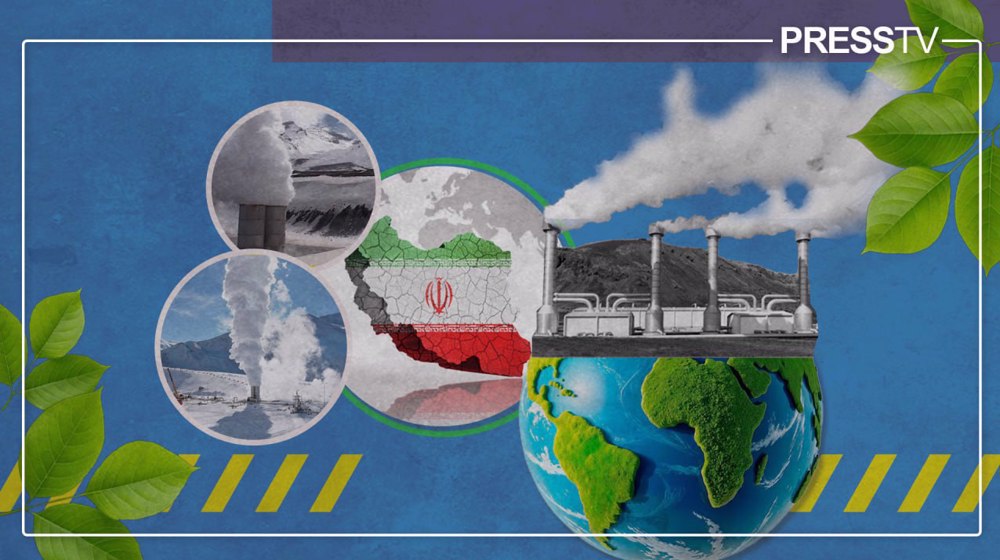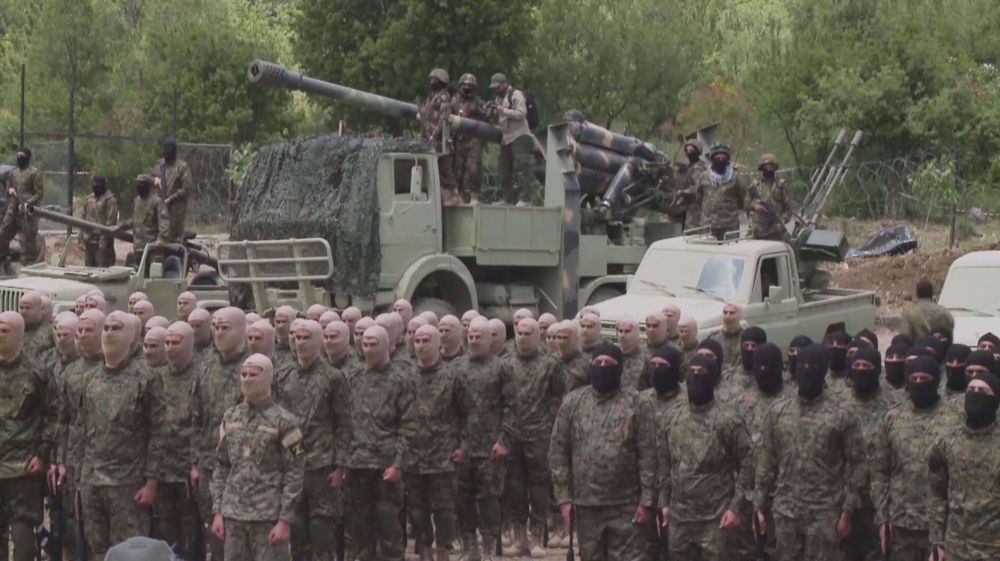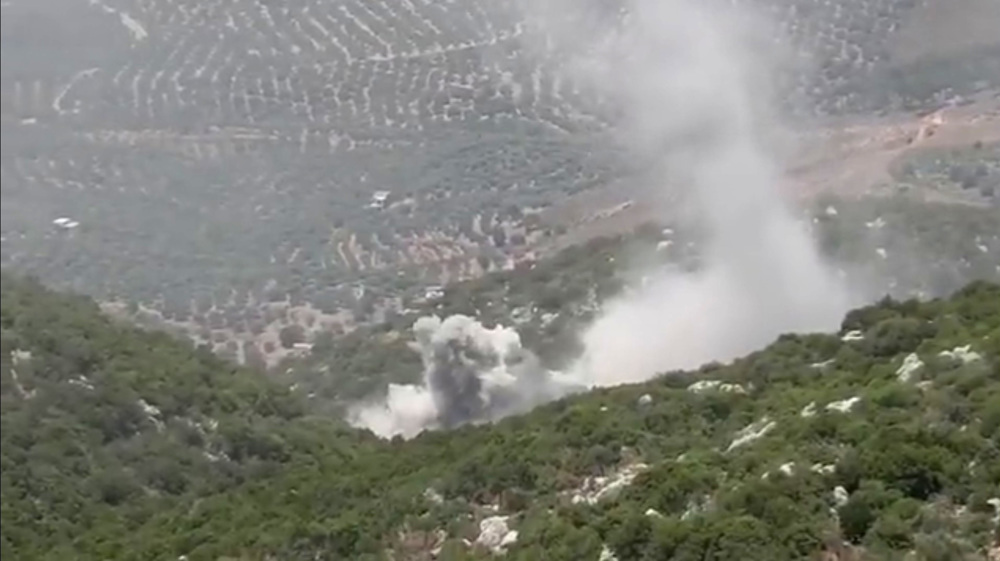33-day Israeli war on Lebanon marked ‘strategic turning point’ for resistance
By Hiba Morad
This week, 17 years ago, the Israeli regime launched an all-out war against Lebanon, a small West Asian country neighboring the occupied Palestinian territories.
After 33 days of intense fighting, on August 14, 2006, the tiny nation of brave people captured the imagination of the world for inflicting crushing defeat on a relatively dominant entity.
The resistance fighters in the Arab country, located on the eastern shore of the Mediterranean Sea, destroyed the regime’s illusion of invincibility and forever changed the power equations.
During the 33-day war, Lebanese resistance fighters, Hezbollah officials, mobilization forces, resistance supporters and volunteers barely had time to sleep or eat properly.
For the first time since May 2000, when Israeli soldiers were forced out of a territory it had occupied in southern Lebanon, a resistance front worked in unison to confront the Israeli aggression.
The 33-day war was devastating. Even animals and cattle were massacred by the marauding Israelis. But, in the end, the resistance prevailed and the occupiers were defeated.
Israeli mercilessness in Lebanon
Haj Ali, a Hezbollah mobilization member who was in the Beka’a valley during the war along with other comrades to help finish some chores related to logistics to report any Israeli airdrops, in an interview with the Press TV website described in graphic detail the massacre of Jammaliya in the Beka’a valley.
“We were on the road approaching the Jammaliya U-turn when a van carrying 15 people got hit by a war jet. We arrived at the scene, the van was still on fire and the corpses of people were burning inside it,” he said, recounting that fateful day during the 33-day war.
“We saw these events during the war, testimony to the magnitude of Israeli savageness and mercilessness.”
There were numerous Israeli air raids in which innocent civilians were killed or critically wounded across Lebanon during the 33-day Israeli aggression, witnesses told the Press TV website.
Sarah, a US-Lebanese dual citizen who had recently arrived in Lebanon for summer vacation, witnessed a similar scenario and narrated the harrowing scenes.
“My sister and I were in two different places. On the night the aggression started, I was at my cousin’s place where I was spending a few days in Beirut and I got stuck there. My sister was at our place in Ghaziyeh town,” she recalled.
On August 8, Sarah learned that a few massacres were perpetrated by Israeli war jets in Ghaziyeh. She got terrified and tried to call her sister to check on her, but all the telephone lines were jammed.
“My cousin, whose siblings were with my sister Marwa in Beirut, suddenly dropped by and told me that she is fine and she will be coming to Beirut whenever possible,” she told the Press TV website.
She described the experience as “horrific”, saying that back in the US where she lived, the majority of people did not even know about the Israeli apartheid regime and its crimes in the region.
On that day, Israeli jet fighters attacked citizens in Ghaziyeh, killing at least 10 people.
Also, on August 4, Israeli fighter jets bombed the agricultural zone of "Qa'a Al Rim" town in the Beka’a valley, targeting a site used for packing crops within an agricultural project.
As a result, 34 Syrian workers were killed and 3 others were wounded. According to media outlets, missiles took them by surprise as they had gathered for their lunch break.
Since the beginning of its aggression on Lebanon, the Israeli army carried out a number of devastating massacres against civilians, killing a large number of children, women, and the elderly.
These massacres took place in Ansaar, Ghassaniyeh, Masghara, Ghaziyeh, Taybeh, Shiyah and Qana.
‘Look at it burning’
A Hezbollah resistance movement official, speaking to the Press TV website, said the day Hezbollah leader Sayyed Hassan Nasrallah declared hitting the Israeli warship in the initial phase of the war was when the equation started to really change in terms of the Israeli regime’s illusive invincibility.
He explained that a threat at sea is a threat to Israel's national security.
A Hezbollah naval commander, identified as Haj Jalal, told al-Manar TV in an interview in 2019 that the anti-ship arsenal which was first used in the 2006 July war is significant to the Hezbollah resistance movement because the "sea serves as an economic lung for the Zionist enemy."
He referred to the offshore gas fields, saying some of them are “still being explored."
"The surprises that I have promised you will start now. Now in the middle of the sea, facing Beirut, the Israeli warship ... look at it burning," Hezbollah chief said in a televised speech on July 14, 2006.
“Sayyed Hassan Nasrallah’s speeches would give us great morale booster that we would forget all the exhaustion due to little hours of sleep and hard work at the time,” the official told the Press TV website, adding that the speech on targeting the warship in particular “was celebrated across Lebanon.”
The war, he noted, was a “strategic turning point” for the resistance group that paved the way for it to become a regional power and redefine the terms of deterring the Israeli regime.
The Hezbollah official further said that as Nasrallah described in a speech in 2019, “If Israel enters southern Lebanon again... you will see a live broadcast of the destruction of Israeli brigades.”
During the 33-day Israeli aggression on Lebanon, some 1,300 Lebanese people were killed, around one million displaced and thousands of housing units were totally or partially destroyed.
However, the resistance was able to define a new future, for itself and the resistance axis.
Iran sets decade-long plan to raise oilseed self-sufficiency
VIDEO | Historic monuments of India’s heritage capital crumbling under chronic neglect
China rejects Israel’s recognition of Somaliland
VIDEO | Winter deepens the suffering of displaced families in northern West Bank camps
Russia says Ukraine tried to attack Putin's residence with 91 drones
Palestine Action hunger striker Heba Muraisi losing ability to speak
Halbousi elected speaker as Iraq moves towards government formation
Muslim scholar decries silence on Israel's Gaza crimes as betrayal of Islamic principles















 This makes it easy to access the Press TV website
This makes it easy to access the Press TV website